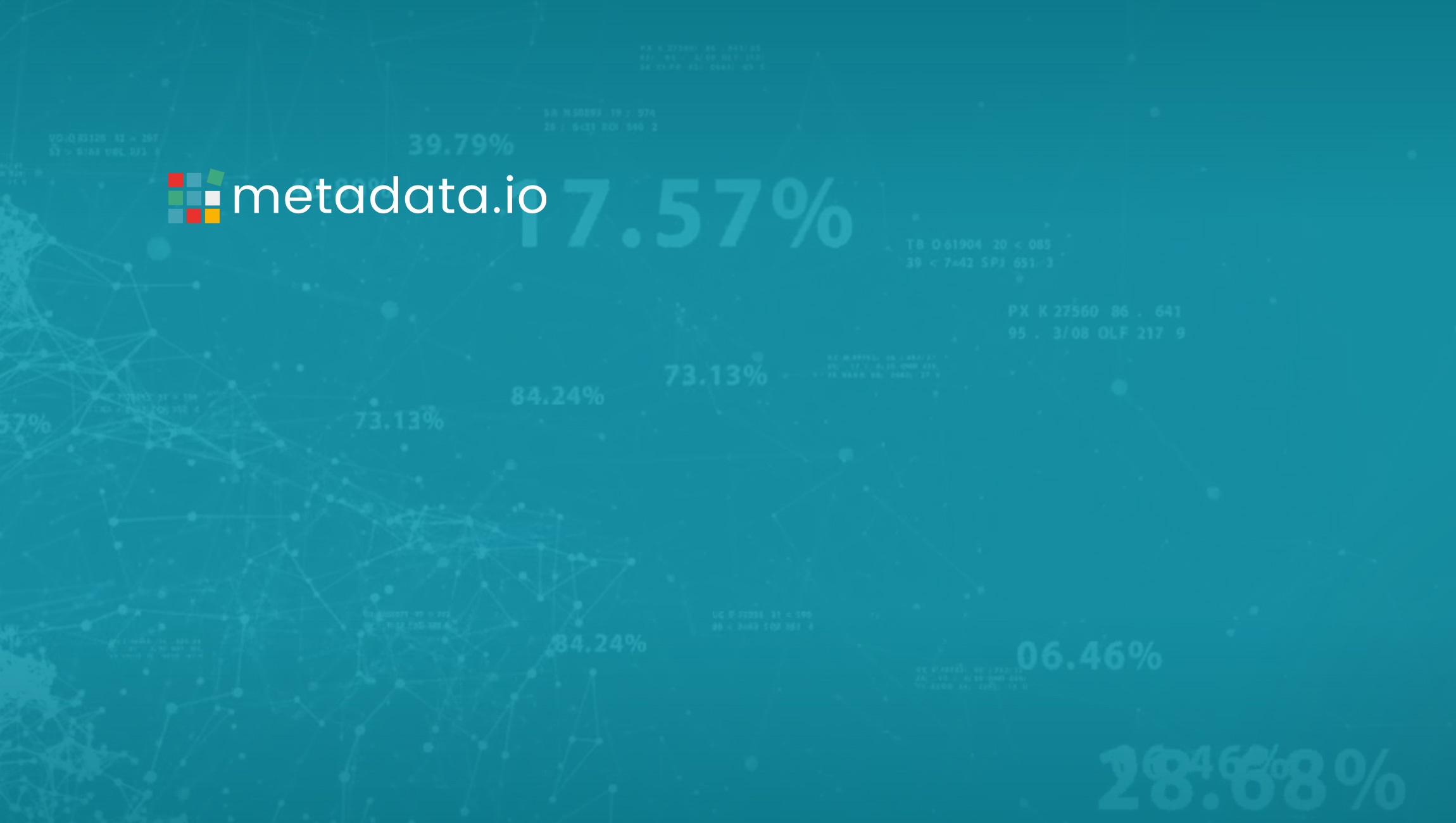 One of the biggest challenges facing today’s marketers is the need to quickly and cost-effectively acquire new customers. While the data landscape around consumer intent has changed drastically over the last decade, the average marketer’s approach to understanding it has not.
One of the biggest challenges facing today’s marketers is the need to quickly and cost-effectively acquire new customers. While the data landscape around consumer intent has changed drastically over the last decade, the average marketer’s approach to understanding it has not.
Continued Reliance on Stale Data
Stale data has always been a concern when it comes to marketing. Although it’s been a known issue since the days of Don Draper, it was never a top priority to solve, because frankly, there wasn’t a better option.
To identify prospects, marketers typically try to understand demographics and consumer desires. It’s fine to base demographic information (e.g., age, gender, profession, income) on older user data because those attributes don’t change frequently.
On the other hand, consumers’ desires change frequently. Because of this, it’s important that marketers look to their most recent behaviors to understand them—after all, do you even remember what you were searching for just last week?
Customer profile data has historically been based on single actions or lookalike modeling based on old actions. Tom browsed for flowers last week? Then Tom must be a flower enthusiast! More likely, he was looking to make a one-time Valentine’s Day purchase. Jim browsed for Ferraris two months ago, so he must be a car enthusiast, and Diane looks a lot like Jim, so Diane’s a second-degree car enthusiast. There’s so much wrong there.
The problem is that most marketing strategies are set up to take the long view, referencing data that may be days, weeks, even months old. Given how quickly people move and act online, old browsing behaviors can’t be used to gauge their current interests.
Also Read: Forget Click-Through Rates, Focus on Emotional Engagement
Enter Recency
Recency—prospecting against someone’s most recent online activities—has emerged as a method to accurately understand intent. It’s particularly relevant today because consumers have fundamentally changed how they research and shop.
A decade ago, serving advertisements based on week- or month-old intent data wasn’t necessarily a doomed strategy. Before the e-commerce boom, consumers’ time from consideration to purchase was considerably longer. Sure, they might browse online to research products, but no one was instantly logging into their Amazon Prime accounts to purchase with one-click after a brief moment of consideration.
They’d browse.
They’d think.
Then they’d peek at their calendar and see when they might be able to carve out an hour or so to run over to the mall.
Also Read: How Marketers Can Use Customer Behavior to Drive Revenue
Today, we live in the Amazon Prime Era. People are happy to wait a few days for their purchase if it means avoiding a trip to the store. They want the instant satisfaction of knowing a purchase is complete (“it’s bought, so I’m done”), rather than instant gratification (“it’s in my hands”). They go from whim to purchase on the same day—even the same hour.
What does all this mean for marketers? It means that day-old, week-old and especially month-old intent signals are less relevant than ever. Fortunately, technology is advancing. More user data means that recent user behavior can finally be used as a signal to market against.
The last 60 minutes of online activity are more indicative of intent to purchase than other forms of widely used information. By tapping into this, marketers can eliminate waste created by spray-and-pray campaigns. They can stop targeting audiences based on broad generalizations and stale intent.
Despite the rise in these purchase behaviors, there’s still a difference between instant purchases—those that people make due to an immediate need—and purchases that people mull over for a length of time. Cars, family vacations, and real estate are large purchases rarely made haphazardly. Their intent can remain valid for a longer period of time.
Also Read: How AI Will Make Marketing More Personalized In 2018
However, even in these instances of long consideration cycles, there’s tremendous value in someone’s most recent hour of online browsing. Although someone might have started to hunt for a new car a month ago, it’s useful to know when they log back on to renew that hunt. Turning on your prospecting ads when they’re back in the car-buying mindset can be an immensely powerful way to ensure you’re in that person’s consideration set when it matters most. And backing off two days later when they’re researching a trip to Ireland ensures that you’re not wasting money on yesterday’s intent.
For any company looking to acquire new customers, the secret is in understanding your potential customers and their intent. Brands need to spot their likeliest prospects at the point in their journey where their recent browsing indicates that they’re in market to buy—not a day, week or month after the fact.
Quite simply, more recent is more relevant.











